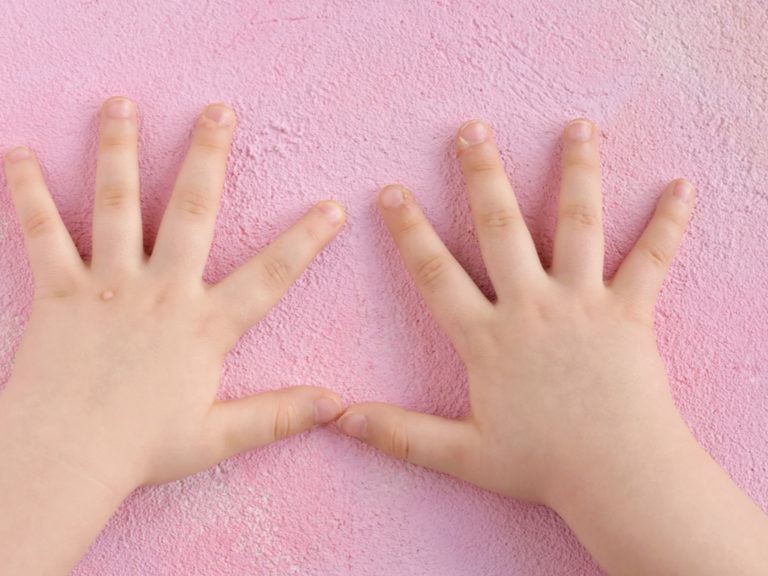


showing “black dots” and
classic interruption of fingerprint lines.

of a gentleman which spread with shaving.

the fingernails these are typically
more difficult to treat.

“flat” warts on the hand and wrist of a child.
After the human papilloma virus (HPV) penetrates the skin, it goes undetected by the immune system. HPV is found in both the visible wart and the normal appearing skin surrounding the wart. This explains the high rate of recurrence after treatment. In time, a healthy immune system may recognize and eradicate the wart. Estimates of spontaneous cure are 50%-60% within 2 years after the initial infection. Since multiple strains exist, repeat infection is possible.
Because of the benign and self-limited nature of warts, treatment in most situations is optional. However some patients experience pain, discomfort, or embarrassment, and wish to pursue treatment.
There is currently no specific antiviral therapy available to cure HPV infection.² The existing treatment options focus on either destruction of visible verruca or helping the patient’s immune system fight the wart. There is no universal treatment for all warts. Some treatments are painful and can produce discoloration and scarring. Others are painless but more time-consuming. Often, the decision on which treatment to pursue is based upon:
Salicylic acid is an acid that painlessly dissolves skin cells that contain the wart virus. It is well tolerated especially in children. Salicylic acid is sold over-the-counter in several preparations and strengths including (Mediplast TM and Wartstick TM). It is typically applied on a daily basis and tends to be well tolerated. Use of an emery board and pumice stone are helpful in pairing down the softened wart. Treatment typically requires at least 8 weeks to be effective. Salicylic acid may be used alone or in combination with other therapies. Specific instructions on the use of salicylic acid can be provided by a physician.
We recommend:
Cryotherapy refers to “freezing.” Many patients equate this to “burning.” Cryotherapy involves applying a cryogen (i.e cold agent) which causes separation of the epidermis from the dermis, producing a blister. As the blister heals, the wart falls off. Typically, multiple sessions of freezing, spaced apart every 2 to 4 weeks, are required to produce clinical cure. Cryotherapy can be painful, produce temporary discoloration and, in rare circumstances, scarring. Home freezing kits containing propane and dimethyl ether (-70 °C) are sold over-the-counter. Home kits tend to be much less effective than liquid nitrogen (boiling point of -195°C) which produces more robust freezing.
Canthacur (AKA blistering beetle juice) is a topical blistering agent that was originally derived from a beetle but is now chemically synthesized. It is frequently used to treat molluscum contagiosum and sometimes used to destroy warts. It’s painless to apply (which is preferred by younger patients) but can produce discomfort hours after application. Canthacur is best used to treat periungual and plantar warts. Its prinicipal advantage is the depth of penetration. However, its main disadvantage is “ring wart” formation in which the wart takes on the shape of a doughnut and appears larger than the original wart. This occurs about 5-10% of the time. Canthacur is applied in a physician’s office.
Trichloroacetic acid (TCA) of various strengths may be applied. TCA denatures protein and causes local tissue destruction. Pain ranges from none to mild and multiple applications are needed. TCA is often used in combination with other treatments. It is recommended that TCA be applied under the supervision of a physician.
Bleomycin has been successfully used to treat resistant warts since the 1970’s.³ Bleomycin is a chemotherapeutic agent which is used in dilute formulation with minimal systemic toxicity. Its safety has been confirmed in a number of scientific studies. Bleomycin is administered through intralesional injection and can be quite painful requiring pretreatment with local anesthetic. After injection, swelling and redness develops followed by a black crusted scab with occasional sterile pustule. Cure rates with Bleomycin injections are high. A recent study demonstrated success with microneedling Bleomycin into recalcitrant plantar warts.4 The pain associated with microneedling tends to be less than that with injection. Bleomycin should be used with caution in patients who have Raynaud’s phenomenon, connective tissue disease, and peripheral arterial disease.
Fluorouracil, an anti-metabolite, interferes with replication of skin cells and is often used in the treatment of sun damage and precancerous skin lesions. It has also been demonstrated in studies to be effective in the treatment of warts. A compounded product of 17% salicylic acid and 2% 5- fluorouracil (WartPEEL) is available and quite effective when applied to plantar warts nightly under tape occlusion.5
Electrodessication and curretage using electrocautery is sometimes used for persistent localized lesions. The treatment is painful without the use of injectable local anesthetic. Scarring is likely and with all treatments, recurrences are possible.
Scissor excision is used for filiform warts on the face that project outwards.
Pulsed dye laser (PDL) is another option to treat recalcitrant warts. It is felt to work by selectively destroying blood vessels within warts. Unlike CO2 laser, pulsed dye laser does not produce scarring. PDL is currently not available in Dr. Singer’s office.
Candida antigen is frequently used to induce an immune response against HPV. In a randomized controlled clinical trial, a significantly higher clearance rate for treated as well as untreated common warts was observed in patients receiving intralesional antigens compared to placebo at three week intervals for a total of up to five treatments.⁶ Side effects include swelling, redness, itching, and discomfort. This form of therapy may be suitable for older children and adults. Candida antigen injection is a great second line therapy for warts.
Squaric acid is a form of topical sensitization therapy in which delayed -type hypersensitivity reaction develops at the site of the wart . Side effects include contact dermatitis and rarely hives. Multiple applications are necessary to generate an appropriate immune response. Since therapy with squaric acid is painless, it is often preferred by younger patients. Squaric acid is useful in patients with large numbers of warts and several studies have demonstrated excellent response rates8
Imiquimod is a topical immune response modifier available by prescription for patient application at home. Imiquimod is approved for use in genital warts but has been used off label in the treatment of non-genital warts. It is felt to work through induction of interferon alpha, a cytokine involved in cell-mediated immunity. Imiquimod is applied anywhere from three nights a week to seven nights a week for a total of eight weeks. Redness is expected, and sometimes swelling and crusting develops requiring temporary discontinuation of Imiquimod.
Oral cimetidine, an antacid, is felt to possess immunomodulatory activity. In one small pediatric study, a substantial number of warts cleared after two months of therapy. 7 Further studies have been conflicting as to the success of treatment. Overall however cimetidine is extremely safe though it does have interactions with other medications.
Oral zinc sulfate, in appropriate doses, for 2 to 3 months, may be useful in treatment resistant warts. Side effects include gastritis and therefore it must be taken with food. Usually zinc sulfate is preferred as it has better bio availability.
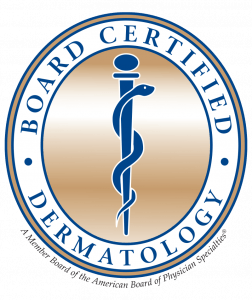
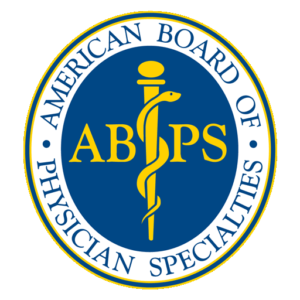


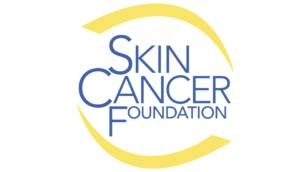

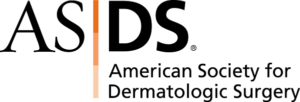
Copyright © 2024 Craig Singer MD | All Rights Reserved
Sitemap - Privacy Policy - Terms & Conditions - Notice of Privacy Practices (NPP) and Disclosure of Protected Health Information (PHI)
All content found on the SingerDerm.com Website, including: text, images, audio, or other formats were created for informational purposes only. The Content is not intended to be a substitute for professional medical advice, diagnosis, or treatment. Always seek the advice of your physician or other qualified health provider with any questions you may have regarding a medical condition. Never disregard professional medical advice or delay in seeking it because of something you have read on this Website.